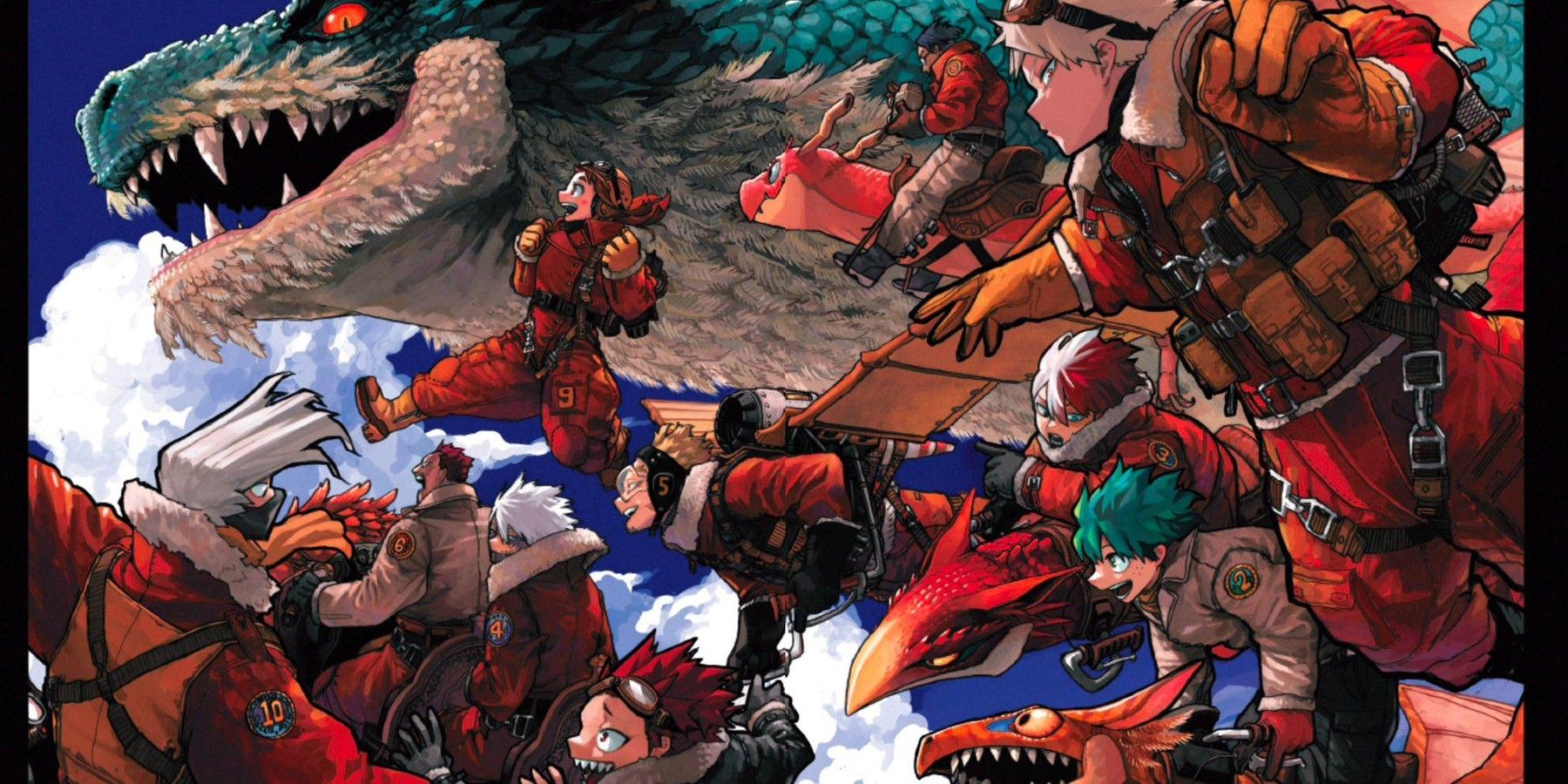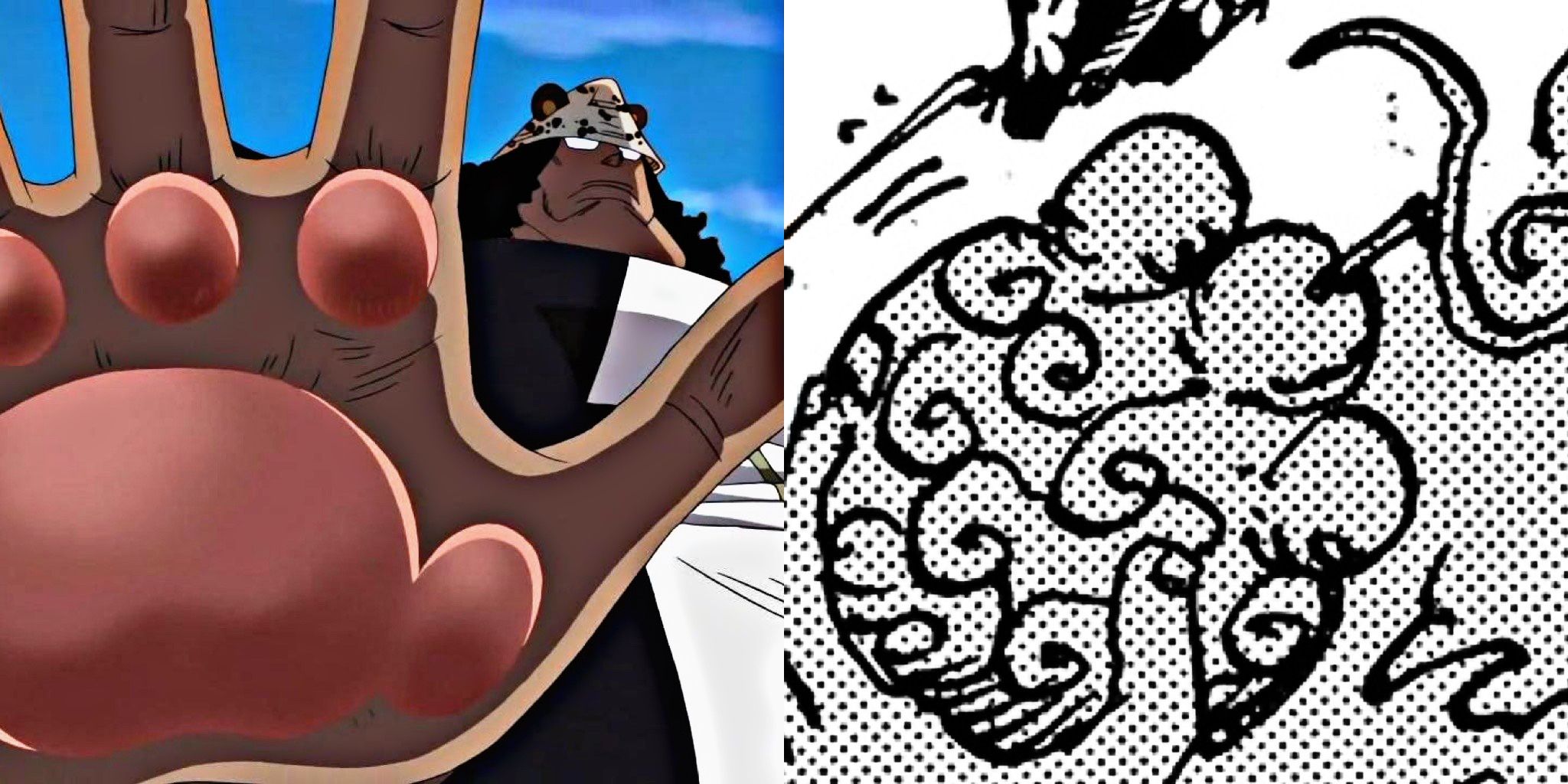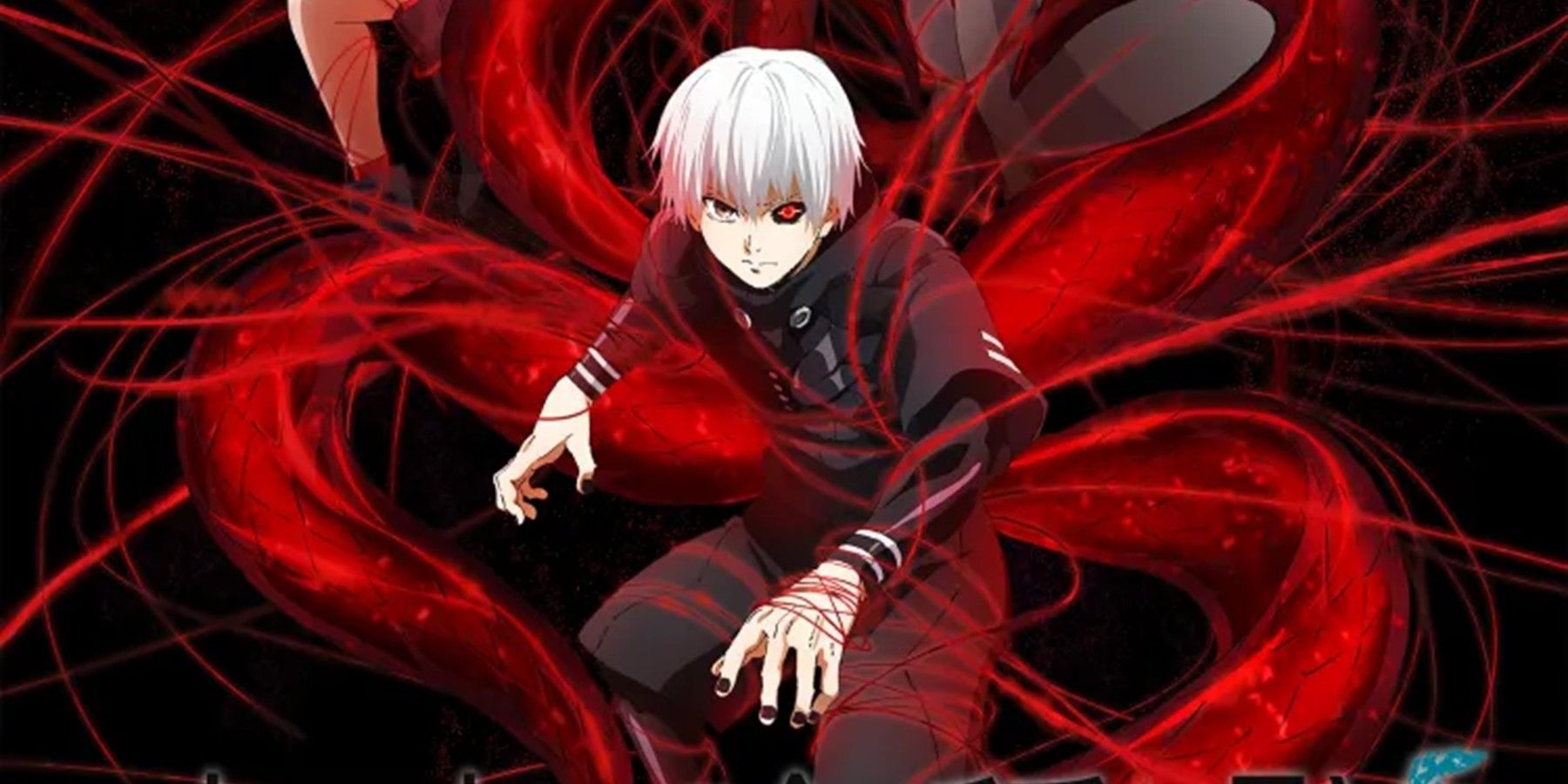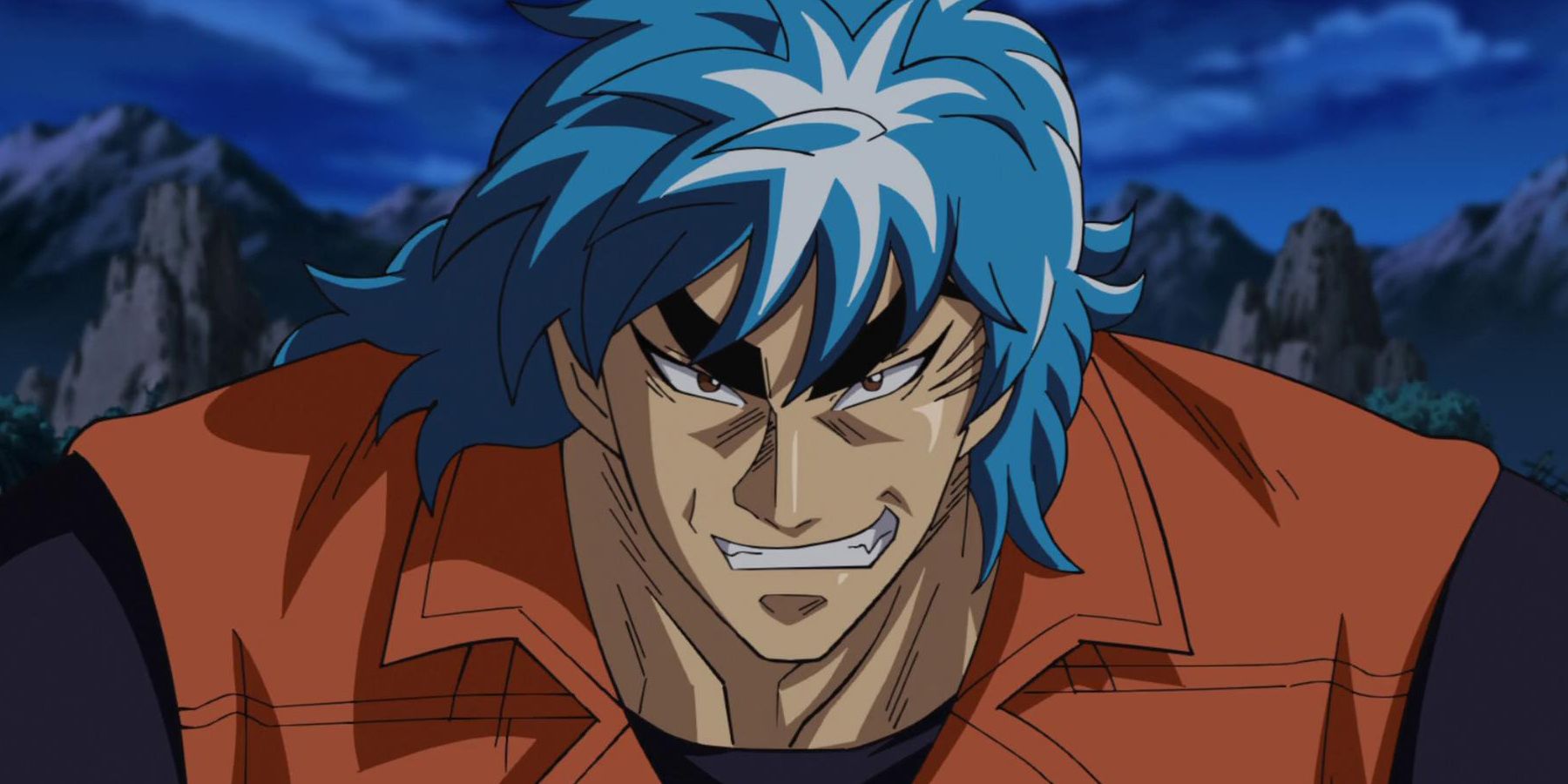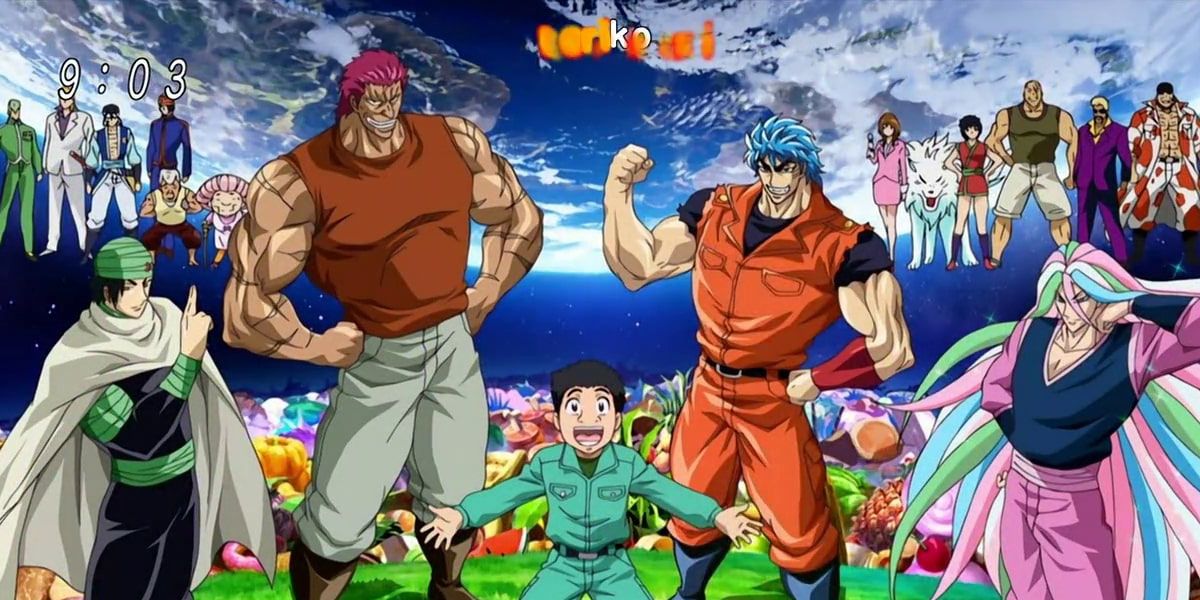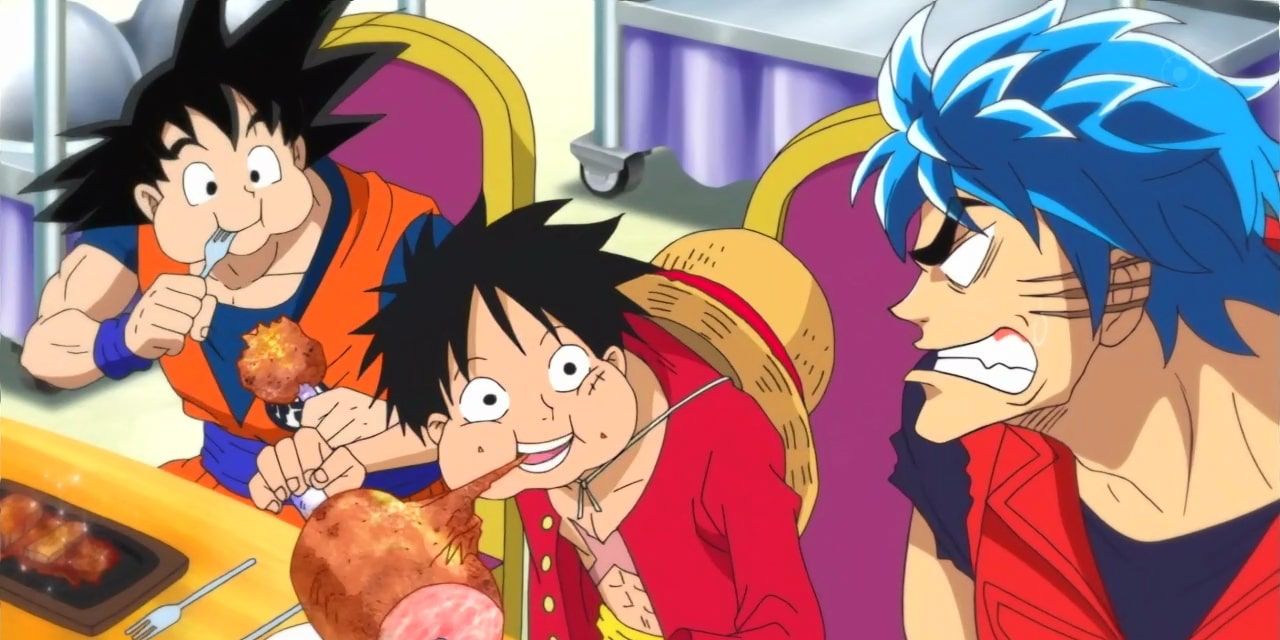Most fans of Shonen Jump's manga and their respective anime wood think of Food Wars when someone brings up the topic of food manga. And why not? Despite some controversy for its often risqué visuals, it's one of the best and most successful series to grace the magazine. For some reason it seems hard for Shonen Jump fans to remember that the magazine had another food manga running alongside Food Wars for the first four years of its run.
That manga is Mitsutoshi Shimabukuro's Toriko, which ran for an impressive 396 chapters from 2008 to 2016. That's 78 more chapters than Food Wars, and an extremely respectable run for Shonen Jump, where only the most popular manga tend to exceed 200 chapters. At the height of its popularity, Toriko also received a 147 episode anime and had two high-profile crossovers with One Piece (one of them also with Dragon Ball). Considering that these are the two best-selling manga ever, it's shocking that Toriko has largely been forgotten. And it shouldn't be.
What is Toriko?
Toriko takes place in the far future in what is called the Gourmet Age. At this time, gourmet food is the most highly coveted and important commodity on the planet, exceeding more traditional fare such as gold and minerals. The extremely gluttonous Toriko is a famous gourmet hunter who takes on various jobs to hunt down rare ingredients, and seeks to build his own full-course menu with the dishes he has discovered. He's joined by the short and weak but extremely talented chef Komatsu, along with an ensemble cast of fellow Gourmet Hunters. These include other members of the Four Heavenly Kings, of which Toriko is a member. Among their ranks are Coco, whose body is extremely toxic and uses poison in battle, Sunny, who can control each individual hair on his body like a limb, and Zebra, who uses his hypersonic voice to destroy almost everything in his path before devouring it.
Toriko's ultimate goal is to find the mysterious food known as GOD, which famously ended a war five centuries ago. He seeks to make it the main dish on his full-course menu. Also after GOD and many other coveted ingredients is the evil organization Gourmet Corp, who Toriko and his friends clash with throughout the series. The vast majority of the creatures and food covered in Toriko are fictional, but are based on existing food and animals. You can think of Toriko's world as a veritable heaven of different culinary tastes and sensations, combined with the hell of extremely dangerous beasts, weather, and environments.
Thus, whereas Food Wars focuses on real life food and gourmet cooking, Toriko combines elements of fantasy, action, and exploration with more traditional culinary themes. This makes it far closer in theme and tone to series like One Piece and Dragon Ball, and is largely why a crossover between them was so seamless.
Why Toriko Became Irrelevant
If this seems like the makings of an immortal series, it's hard to understand what went wrong. There are a few answers to that question. First and foremost, Toriko's immediate shortcoming is in its lack of main female characters. That's not to say there aren't several important female characters in the series, like the legendary chef Setsuno and Toriko's eventual wife Rin, but they don't appear in every storyline and when they do are solidly supporting characters.
This lack of gender diversity actually led those in charge of the Toriko anime to debut a new, anime-exclusive main character: Tina, a Gourmet Reporter who incessantly follows Toriko and Komatsu on their adventures looking for the next big scoop. Tina isn't a horrible character, but because she's shoehorned into plots that were originally conceived without her, her segments all feel like filler (because they are). This also makes the anime feel a lot slower than the manga.
Toriko's anime isn't all bad. It's colorful and looks decent, although its fights aren't super well animated. That said, its dub was canceled in the after 50 episodes, and even the Japanese adaptation concluded before the characters embarked towards the Gourmet World in the manga. Then the manga was rushed to its end, presumably due to poor sales. Shimabukuro recently came back to Shonen Jump with a new series, Build King, but that too was axed quickly.
Toriko's poor commercial performance doesn't mean it's a bad manga. In fact, it's one of the best in Shonen Jump's entire library, and there's really nothing quite like it. Shimabukuro's art style is excessively detailed but also lends itself well to comedy. If you're a foodie or just like some good and wacky action and art, Toriko is a must-read. The fact that it has a fan in Eiichiro Oda, the most successful mangaka ever, adds further to this claim. It's not hard to find, either: the Shonen Jump website and app thankfully have the entire series available to read digitally, and the entire anime is available on Crunchyroll (as well as Hulu with the first 70 episodes).

